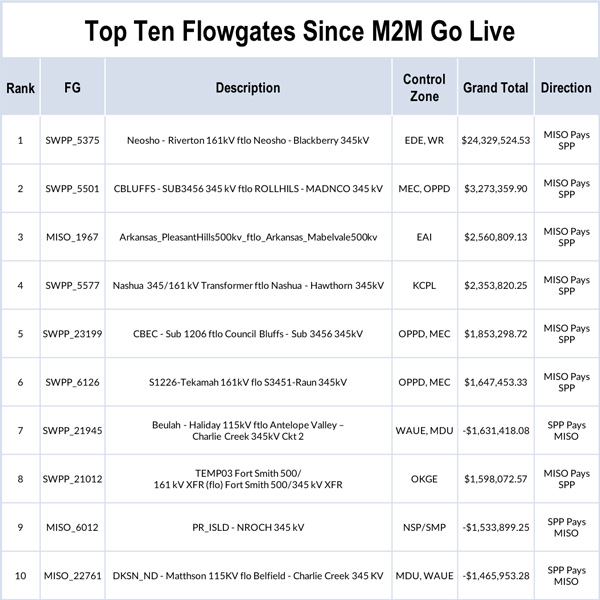By Amanda Durish Cook
CARMEL, Ind. — After almost three years of deliberation, MISO is putting the final touches on a plan to create external resource zones for its annual capacity auction by 2019.
Under the proposal, which is poised for a FERC filing at the end of this month, MISO would alter its Planning Resource Auction to include external resource zones based on neighboring balancing authority areas (BAAs). In cases of price separation, the RTO would also distribute historical supply arrangement credits from excess auction revenues as a refund to external resources with long-term and consistently used historical supply agreements.
The proposal would also establish new zonal capacity export limits in time for the 2019/20 planning year auction. Those limits would be based on the unforced capacity values for external resources participating in the auction in each external zone.
External zones would not have capacity import limits, planning reserve margin requirements or local clearing requirements. Resources in zones based on BAAs that border MISO Midwest zones will clear at one price based on a subregional unconstrained auction clearing price, while those in BAAs bordering MISO South will receive another price. BAAs that border both MISO Midwest and MISO South — Tennessee Valley Authority, SPP, Associated Electric Cooperative Inc. and Southwestern Power Administration — will receive a blended price. (See MISO Postpones External Zones Until 2019 Auction.)

Rauch | © RTO Insider
Speaking at a March 7 Resource Adequacy Subcommittee, Laura Rauch, MISO’s director of resource adequacy coordination, said the RTO would provide capacity hedges only to external resources with historical capacity arrangements, despite stakeholder requests for hedges for other newer external resources.
MISO intends to tweak the proposal before filing, including adding potential penalties for external resources that don’t offer into the PRA after qualifying and registering for the auction. Under the current proposal, those resources would only face “questions” from the Independent Market Monitor but face no specific consequences for withholding, Manager of Resource Adequacy John Harmon said.
Rauch also said stakeholders are still asking how MISO will differentiate a “border external resource” from other external resources. In November, MISO said it identified 3,837 MW of capacity from potential border external resources, which have direct electrical connections to the RTO but are located in another balancing authority. Some stakeholders last month said that the concept of border resources amounts to preferential treatment of some external resources.
Rauch clarified that a border external resource’s point of interconnection must be a substation on the border.
“We really want these to be resources physically on the border,” she said.
MISO will rely on the volume of zonal capacity registered to participate in the auction to calculate an external zone’s capacity export limits, which will be posted each November ahead of the auction, Rauch said. Participating resources must maintain firm transmission to at least the MISO border, she noted.
“Trying to study a slice of PJM or SPP” to determine a capacity export limit is too complex a task, Rauch said.
She said MISO does not foresee any binding external capacity export limits, except in rare cases that exports fail a simultaneous feasibility test.
If FERC approves the filing, MISO will begin developing business practice manual language with stakeholders beginning in June, Rauch said.
Meanwhile, MISO will open its 2018/19 PRA offer window at 12:01 a.m. on March 27 and close it on March 30 at 11:59 p.m. Results will be posted by April 12.




